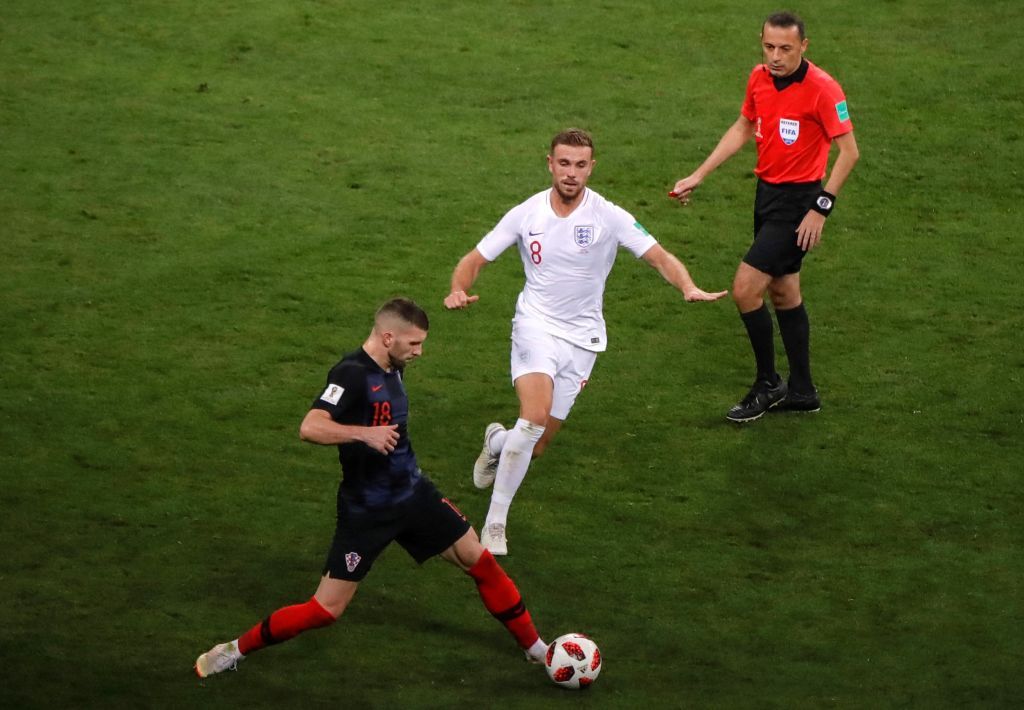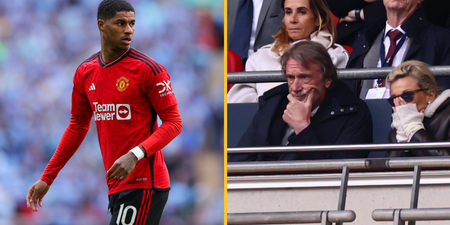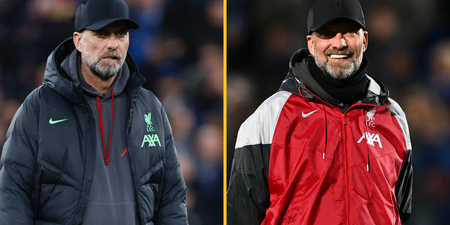England dominated most of their matches for long periods, but fell short at the final hurdle
What England achieved at this World Cup was unexpected, it united a nation and every player should be proud of their efforts and achievements in Russia this summer.
They played with a confidence that wasn’t visible in recent England sides, taking the game to the opposition in most games, albeit in a relatively kind run of fixtures.
England seemed to have found a tactical formula that got the best out of the players available to Gareth Southgate, allowing them to keep possession for sustained periods while retaining defensive security with three centre-backs.
The journey that led Southgate to finally arrive at the 3-5-2 system he devised months before the World Cup had been a long one, entailing a lot of tactical tweaks throughout the two years he has spent in charge of the team.
Initially he stuck to the back four system that the players were used to, before changing to a back three after qualification was secured, with the intention of creating more passing options from the back.

He then inverted the midfield trio, moving from two holding midfielders to just one, with two more advanced playmakers. This was the system used in the spring friendlies against Italy and the Netherlands and it appeared to be the ideal way of squeezing the most out of a young squad.
And it worked, for most of England’s World Cup campaign at least.
Jordan Henderson’s energy at the base of midfield, as well as his excellent forward passing, was key to maintaining momentum in games when previous England sides may have taken their foot off the gas.
Meanwhile, Jesse Lingard and Dele Alli performed well, despite neither of them playing as number 8s for their club sides.
Unfortunately, as soon as times got tough, and England were faced with a quality midfield, they reverted to old habits.
The lack of a calm, composed central midfielder, someone who would be able to slow the game down, allow England to take a breather and regain control, was so glaringly obvious in the semi-final. Henderson has many qualities, but he does not have what they call on the continent ‘pausa’.
Too often he opted to hit a lofted pass over the top, hoping that Raheem Sterling would chase the ball down and win a corner. This contributed to the team suffering from extreme fatigue towards the end of matches, as Alli, Lingard, Sterling and Kane were forced to spend large quantities of the game chasing balls over the top.

Maybe Henderson did not trust Dele Alli and Jesse Lingard to keep possession in a midfield battle against Luka Modrić and Ivan Rakitić, maybe he didn’t trust himself. Maybe this tactic was symptomatic of an England side who started to doubt themselves when they came up against a better side.
Just to hammer home the tragedy of this downfall, England had the perfect player to play that role watching from his sofa at home: Harry Winks. The Tottenham player won man of the match on his England debut and has dominated games against Europe’s elite from a holding midfield position.
England have come a long way since that game against Iceland, but this World Cup showed that there is still room for improvement.
Thankfully, it is a young squad, with a young, ambitious manager who will reconvene for the next international break more determined than ever to capitalise on the momentum built throughout this tournament.
Add to this an exhaustive list of technically adept youngsters rising through the ranks, and it’s not a stretch to believe that the old problems inhibiting English midfields may soon be a thing of the past.












































